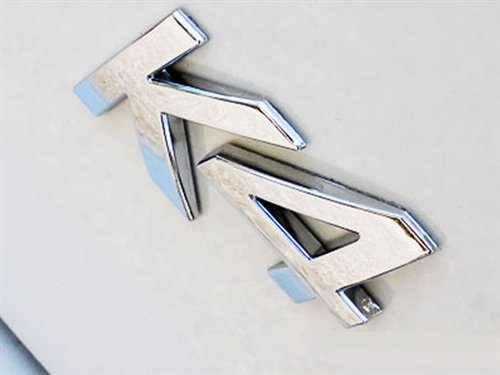The dream of 4K could be getting closer to reality. When 4K was first introduced, it seemed like a pipe dream. A 4K stream was expected to require about 120mbps, far beyond what most people should expect for internet speeds for the next several years. Several advanced compression schemes have been created since then, and combined with the increase in computing power that we have come to expect, it’s now possible to get what most people would call a passable 4K picture with 30-40Mbps. Most folks have that speed available now, although it’s hard to sustain. Netflix’s 4K service recommends you have speeds up to 25mbps, and their definition of 4K quality has come under fire by experts.
How can it be, then, that a company called V-Nova can claim that their “Perseus” compression technology can deliver true 4K content in as little as 7Mbps? If that were true, that would be an immense benefit to pay-TV companies as well as streaming providers. DIRECTV, for example, uses streams of 6-10mbps for their HD broadcasts, and therefore could easily add more 4K content with their new satellites.
Details are still sketchy and most of the information out on the internet seems to draw from this article at Multichannel News. Tests of the new technology will start this year, so it could be another 18 months before we really see this technology blossom.
For me, the question is whether or not the quality will really be there. Anyone can create a stream that’s 3860×2140 and call it 4K, but will it really be better than HD? There’s so much more to compressed video than just resolution. The real perception of quality comes from seeing sharpness, deep rich color, and a level of detail that cannot be seen with lower resolutions. HD broadcasting went through a period in the mid-2000s where pay-TV companies deliberately trimmed a lot of the quality from their HD broadcasts, leading to the term “HD-Lite” for HD that wasn’t really any better than SD. Even some of the first Blu-ray discs suffered from poor quality that didn’t distinguish them from high-quality DVDs. If this new 4K streaming isn’t really any better than HD, than the “4K” moniker is just another bragging right and a total waste of time.
On the other hand, if what we’re seeing is a new compression technology that really leverages new understandings of higher math along with advances in computing power, it’s possible that we’ll actually see the 4K revolution move along at a much more brisk pace. Even more important, if this technology can make 4K take up as little as 7mbps, it’s also fair to presume that HD could be under 2mbps and SD under 500kbps, meaning a massive, massive improvement in streaming quality and a commensurate decrease in congestion. That’s a lot to hope for but compression technology is growing and changing every day and … let’s believe it’s possible.





